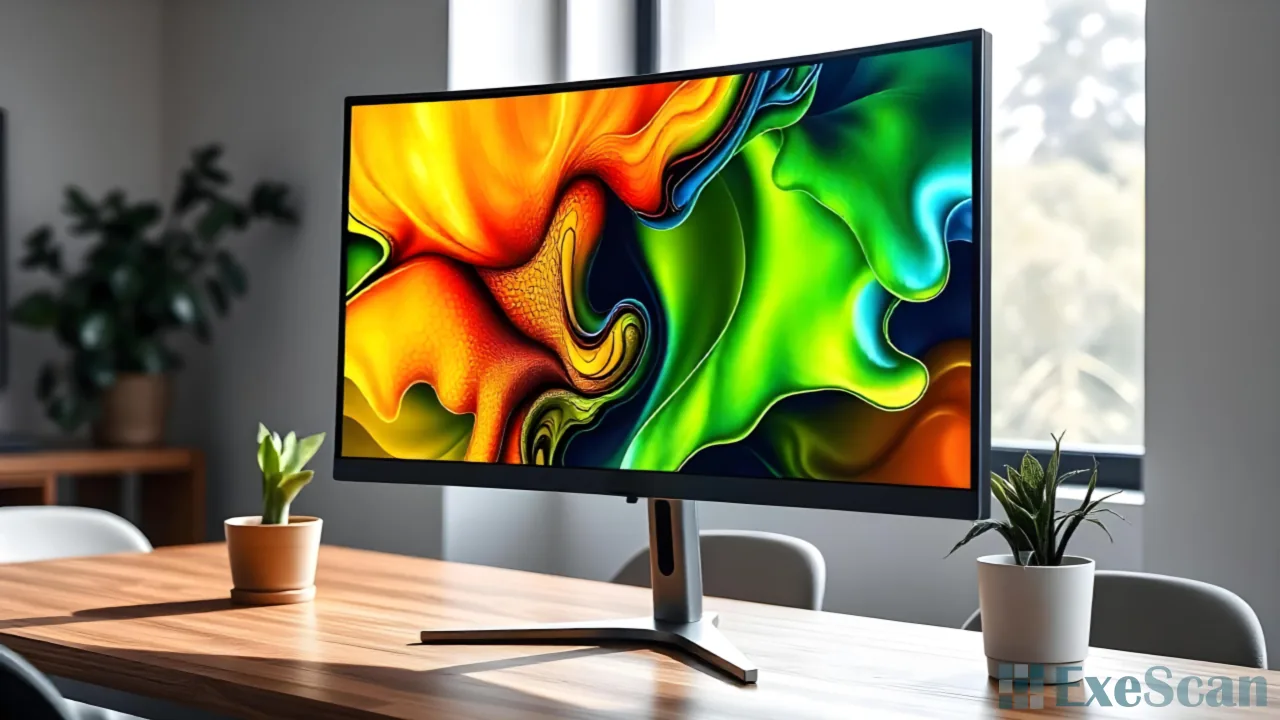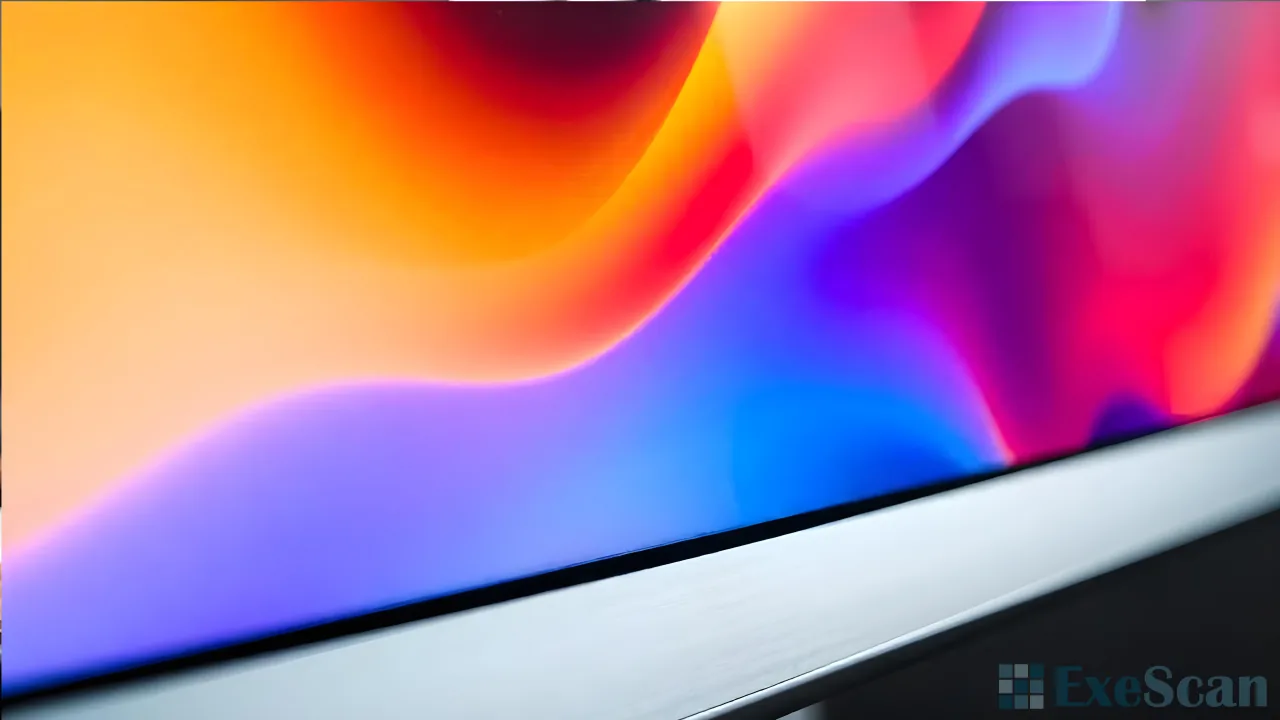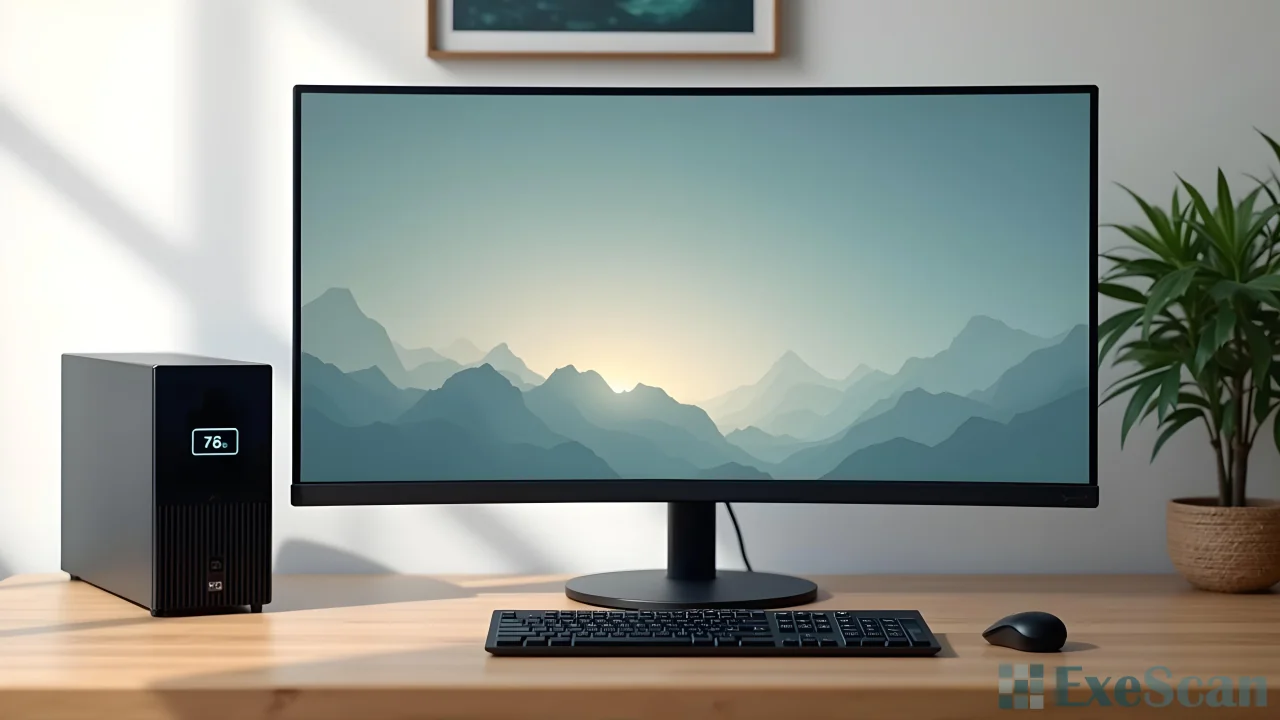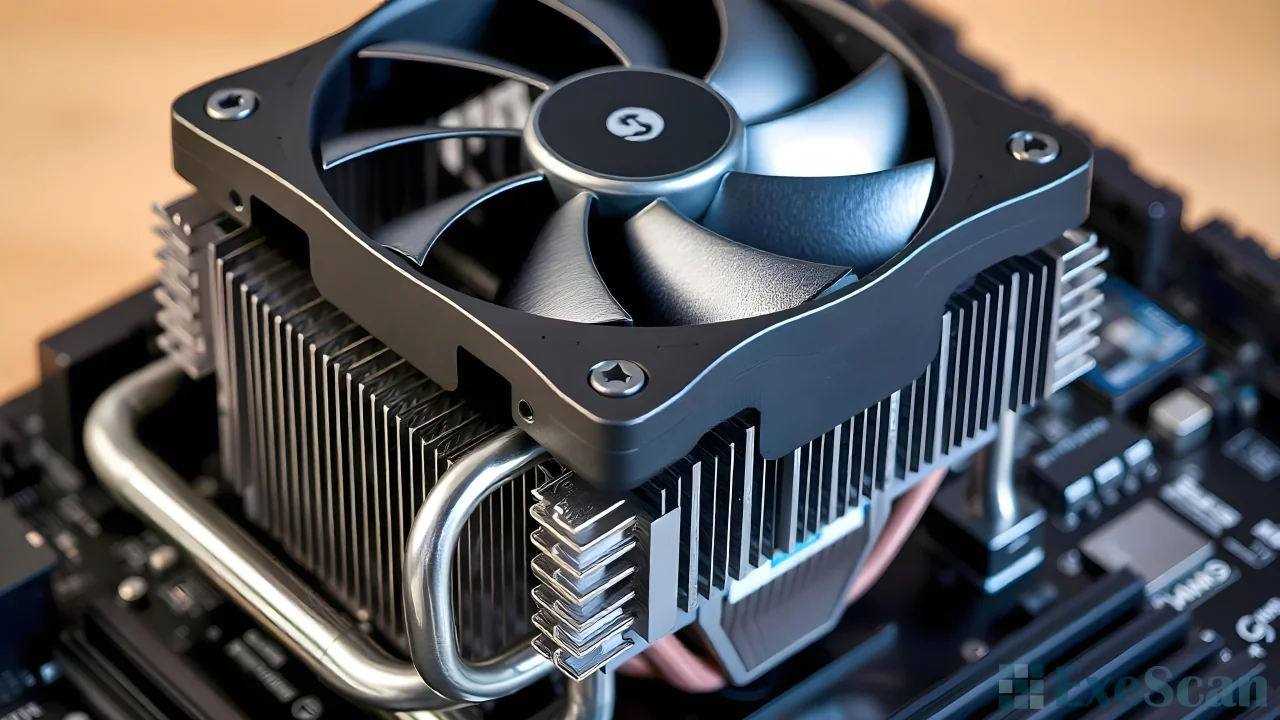When it comes to choosing a monitor, many people focus on screen size or resolution, but an important factor often overlooked is the refresh rate. Understanding what the refresh rate is and why it matters can greatly improve your computer experience, especially if you use your monitor for gaming or watching fast-moving videos.
What is the Refresh Rate?
The refresh rate of a monitor refers to how many times per second the display updates the image. It’s measured in hertz (Hz). For example, a monitor with a 60Hz refresh rate refreshes the screen 60 times per second. Higher refresh rates, like 144Hz, mean the screen refreshes more often, resulting in smoother visuals.

Why is Refresh Rate Important?
Refresh rates directly affect how smooth and responsive the screen appears to the user. A higher refresh rate provides more fluid movement, making it particularly important for activities that involve fast motions, such as gaming or video editing. For general computer use, such as browsing the internet or working with documents, a lower refresh rate may suffice. However, once you experience a higher refresh rate, like 144Hz, it’s hard to go back to 60Hz.
A 60Hz monitor can only show up to 60 frames per second (fps). If your computer is capable of producing more than 60 fps, those extra frames won’t be shown on a 60Hz monitor. This limitation can cause motion blur or screen tearing, which leads to a less immersive experience. On the other hand, a 144Hz display can show up to 144 frames per second, creating smoother and more detailed motion.
The Advantages of a 144Hz Monitor
One of the biggest advantages of upgrading to a 144Hz monitor is the smoothness of motion. When you play video games or watch fast-paced videos, the movement on a 144Hz monitor appears much smoother than on a 60Hz screen. The difference is noticeable, especially in high-action scenes. Here are some key benefits of a 144Hz monitor:
Smoother Gaming Experience
If you’re a gamer, you’ve probably experienced how a lagging or slow monitor can impact your gameplay. A 144Hz monitor improves this by reducing motion blur and screen tearing. In competitive gaming, these advantages can make a significant difference, allowing you to react faster and enjoy a more seamless experience.
Reduced Screen Tearing
Screen tearing occurs when your monitor’s refresh rate is out of sync with the frame rate your computer is producing. A higher refresh rate, like 144Hz, can reduce or eliminate screen tearing because it matches the frame rate more closely, leading to a smoother visual output.

Better Responsiveness
A higher refresh rate also improves the monitor’s responsiveness. This is particularly important for fast-paced games that require quick reflexes. With a 144Hz display, there’s less input lag, meaning your actions on the keyboard or mouse are reflected on the screen almost instantly.
Improved Visual Clarity
Beyond gaming, a higher refresh rate enhances the overall visual experience. Whether you’re scrolling through web pages, editing videos, or just moving your cursor across the screen, everything appears sharper and more fluid. This can reduce eye strain over time, especially if you spend long hours in front of your monitor.
Who Should Get a 144Hz Monitor?
While a 144Hz monitor offers many benefits, it’s not necessary for everyone. If you mostly use your computer for simple tasks like browsing the internet, sending emails, or watching videos, a standard 60Hz monitor may suffice. However, if you’re a gamer, video editor, or someone who values smooth and responsive visuals, upgrading to a 144Hz monitor is definitely worth considering.
Competitive gamers, in particular, will benefit from a 144Hz display. The smoother motion and reduced lag can provide a noticeable advantage in fast-paced games, where quick reactions are critical. Even casual gamers will appreciate the improved experience. If your computer can handle high frame rates, pairing it with a 144Hz monitor will allow you to see the full potential of your system.
Choosing the Right 144Hz Monitor
When shopping for a 144Hz monitor, there are several factors to keep in mind besides just the refresh rate. Screen size, resolution, and panel type all play important roles in the overall experience. For example, a higher resolution, such as 1440p or 4K, paired with a 144Hz refresh rate, will provide both sharper images and smoother motion.

It’s also important to ensure your computer’s hardware is capable of producing high frame rates to take full advantage of a 144Hz monitor. If your graphics card can’t push enough frames per second, you won’t see the full benefit of a higher refresh rate. Make sure your system is equipped to handle the increased demand before making the upgrade.
Conclusion
In conclusion, the refresh rate of your monitor plays a significant role in how smooth and responsive your display feels. For gamers and video enthusiasts, a 144Hz monitor offers a noticeable improvement over standard 60Hz displays. The smoother motion, reduced screen tearing, and better responsiveness make it a worthwhile investment for anyone looking to enhance their visual experience.
Whether you’re playing fast-paced games or just want a more fluid and immersive viewing experience, upgrading to a 144Hz monitor can provide tangible benefits.


